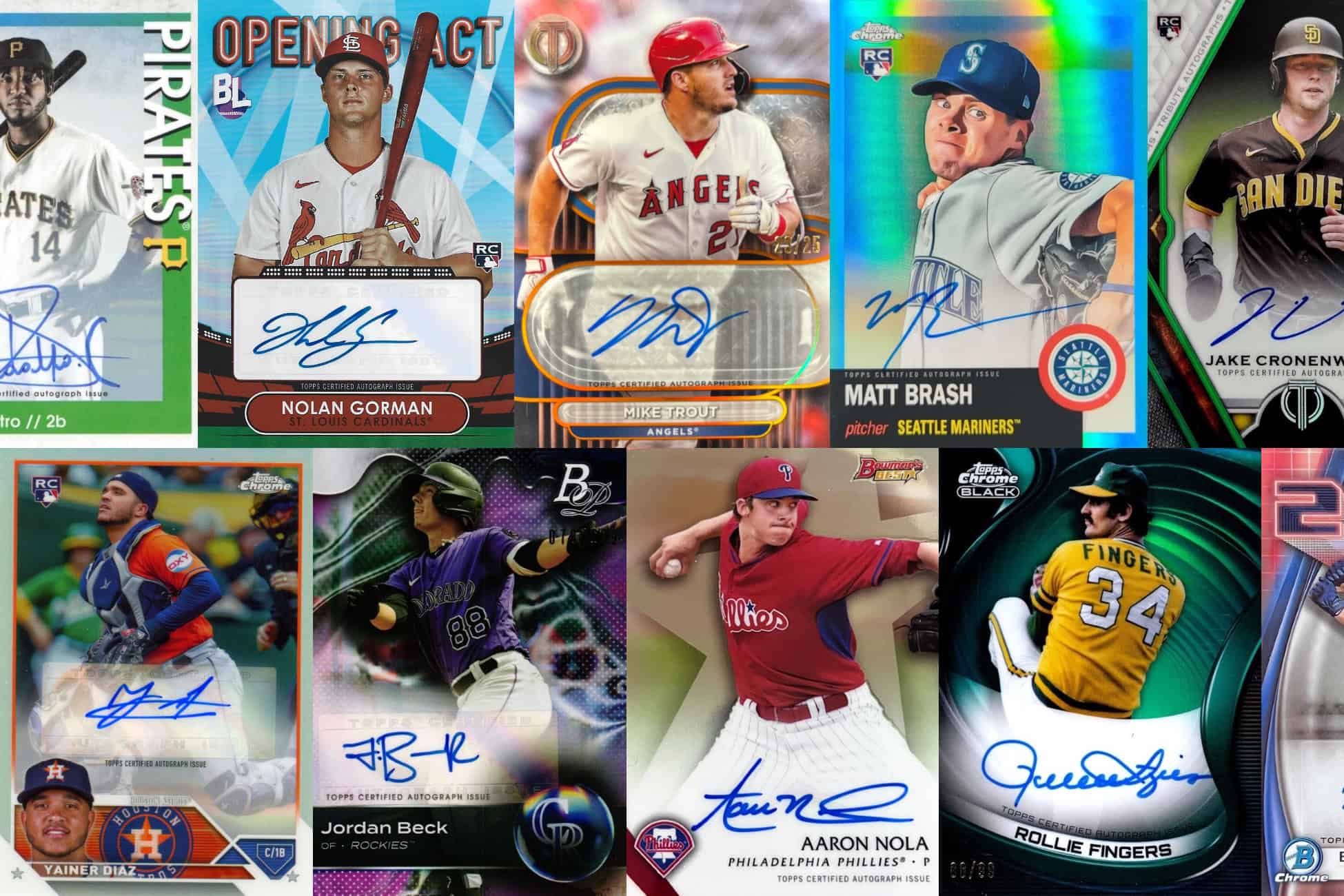For many collectors, baseball card autographs represent the ultimate intersection of sport and signature. These aren’t just ink on cardboard – they’re moments captured, memories sealed, and investments that often outshine the cards themselves. Whether it’s the excitement of pulling a one-of-one Mike Trout from a hobby box or chasing elusive vintage legends like Mickey Mantle, baseball card autographs have become a defining pillar of the modern collecting landscape.
The evolution of baseball card autographs reflects the growth of the hobby itself. Once limited to in-person signings and mail-in requests, today’s certified baseball card autographs offer authenticity and polish right out of the pack. As card manufacturers continue to refine design, signature placement, and authentication processes, collectors now face a dynamic and ever-expanding world of choices. From on-card gems to foil sticker signatures, understanding the nuances of baseball card autographs is essential to building a collection that’s both meaningful and valuable.
What Are Certified Autographs?
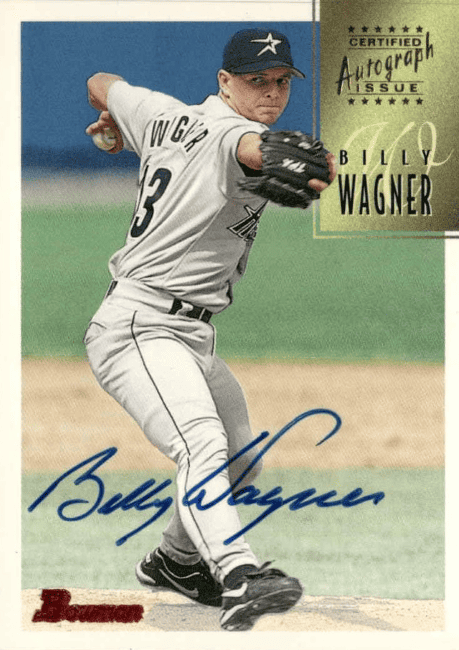
A certified autograph is a signature included in a pack-issued card product that has been authenticated and guaranteed by the card manufacturer. This means the card company – like Topps, Panini, or Wild Card – oversaw the signing session or otherwise validated the autograph before sealing the product for distribution.
Unlike in-person autographs, where authenticity depends on witness accounts or third-party grading, certified baseball card autographs are built into the card’s release. The manufacturer prints the words “Topps Certified Autograph Issue” or similar text directly on the card, affirming that the signature is genuine and part of the official checklist.
This guarantees the collector that what they’re getting is a verified autograph, not something forged or added after the fact. Collectors can be confident that the player physically signed the card or a sticker with full knowledge it would be used for this purpose. That seal of authenticity is at the core of what makes certified autographs so appealing and often so valuable.
How Certified Autographs Differ from In-Person Signatures
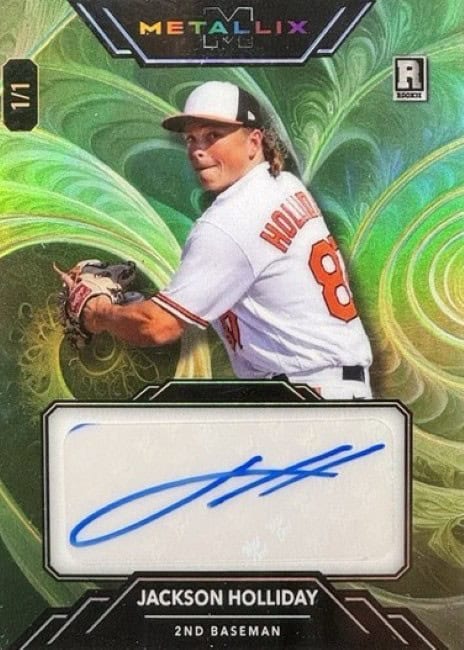
While both in-person and certified autographs can be genuine, the big difference lies in traceability and assurance. In-person autographs can be fantastic mementos, especially when tied to a personal memory. But from a market value and collector standpoint, they carry a level of uncertainty unless authenticated by PSA/DNA, JSA, or Beckett.
Certified autographs remove that ambiguity. There’s a paper trail from player to card company to packaging. If the manufacturer says it’s real, collectors trust it. This level of legitimacy often means certified autographs command higher resale prices, especially if the card itself is a limited parallel or rookie issue.
There’s also a difference in aesthetic presentation. Certified autos are often designed to be part of the card layout, while in-person signatures may overlap card text or be written in less-than-ideal spots. Certified baseball card autographs are produced with intentionality, making them feel more cohesive and collectible.
On-Card vs. Sticker Autographs

Within the certified autograph space, collectors often debate on-card versus sticker autos. Here’s a breakdown:
On-Card Autographs
With on-card autographs, the player signs directly on the card that ends up in the pack. This method is widely considered the gold standard among collectors. There’s a sense of intimacy in knowing the player held and signed the exact card in your collection. The design typically complements the signature, and card manufacturers make great effort to reserve this method for premium sets.
On-card autos often result in cleaner and more consistent penmanship. When players sign directly on card stock, there’s less chance of signature smudging or misalignment. Sets like Topps Five Star, Stadium Club, and Museum Collection emphasize on-card autographs to enhance desirability and long-term value.
Sticker Autographs
Sticker autographs use pre-signed adhesive labels that are later affixed to cards during production. This method allows companies to streamline the signing process and manage logistics, especially when players are unavailable for in-person sessions. Players can sign thousands of stickers in one sitting, and those stickers are then applied to multiple product lines.
However, this approach often feels impersonal to collectors. The sticker can be crooked, placed awkwardly, or even peel over time. Additionally, the silver foil look can clash with card designs. Despite these issues, sticker autos remain widespread in mid-tier products like Topps Chrome and Bowman due to the sheer volume of autographs required.
In short, collectors generally prefer on-card autos when possible, but they understand that sticker autos are often necessary for accessibility and product variety.
How Companies Obtain Certified Autographs
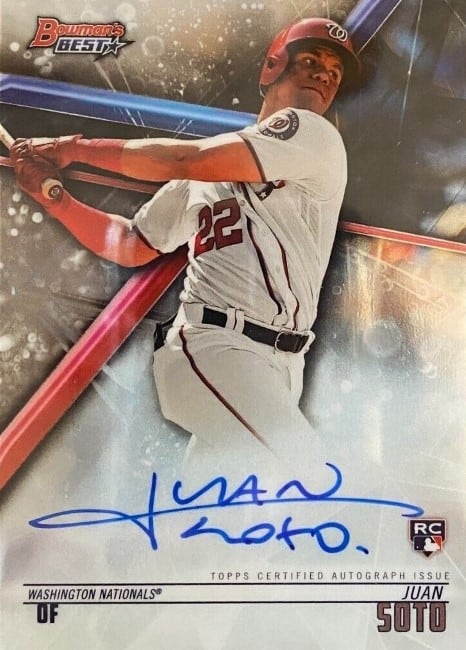
Getting a player to sign cards is a logistical challenge. Card companies work months in advance, coordinating with agents and player representatives to schedule signing sessions. These can occur at spring training, minor league ballparks, player homes, or even in card company offices.
Players are typically paid per signature, with top-tier stars commanding thousands of dollars. Some deals are one-off contracts, while others span years. The rise of prospect-heavy products like Bowman Chrome has increased the number of pre-MLB signings – sometimes with teenagers still in high school or international prospects.
To manage this, companies often give players a combination of blank cards (for on-card autos) and sticker sheets. For example, a player might be sent 1,000 sticker labels and 500 base cards. After signing, the sheets return to the company for quality checks. Cards with missing or smudged autos may be discarded or marked as redemptions.
During the signing process, players are usually instructed to use specific pens provided by the card manufacturer. Representatives may supervise the session to ensure quality control. Occasionally, videos or photos are taken to document the signing, adding another layer of legitimacy.
Pen and Ink Color for Autographs
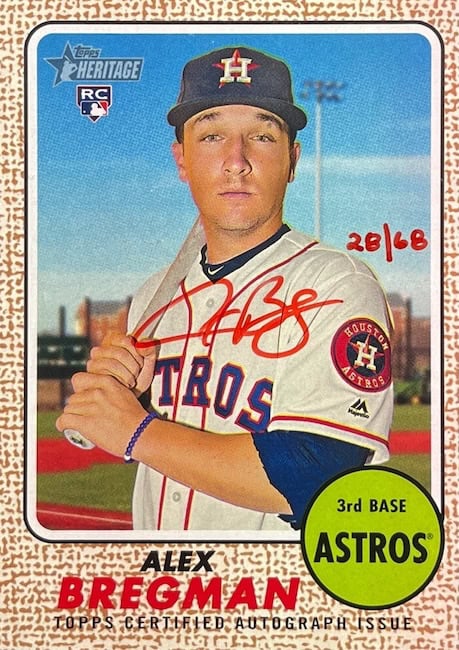
While the signature is the star, the pen used can affect the card’s presentation and appeal. Card companies provide players with specific pens, often choosing ink colors based on the card’s background.
Blue ink is by far the most common and preferred. It contrasts well against most card surfaces and holds up over time without fading or bleeding. Collectors gravitate toward blue ink because it feels standard and reliable.
Black ink, while still used frequently, can be a problem on darker card stock. Signatures tend to blend in with the background, especially on action shots or shadowed designs. As a result, black ink autographs are usually less desirable unless they’re particularly bold and clear.
Silver and gold ink are often used on darker backgrounds or special inserts. These metallic inks can make a card look unique and luxurious, especially when the rest of the design is muted. However, they can also be prone to smearing and tend to fade more quickly if not stored properly.
Red ink is the rarest and is typically reserved for exclusive parallels. For instance, red ink autographs may be numbered to five or even one, signaling elite rarity. Collectors seek these cards not just for the signature, but for the unusual visual impact and scarcity.
Smudging, fading, and uneven pressure can reduce value, so clean, bold autographs are always preferred. This is why some collectors inspect photos carefully before buying. A perfect signature can make or break a card’s investment potential.
The Curb Appeal of an Autograph
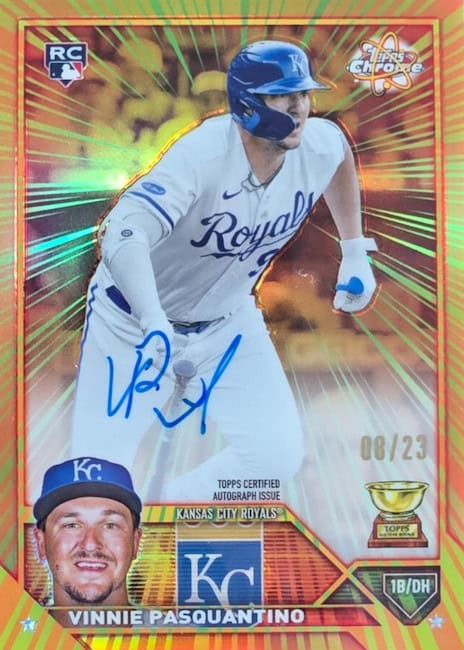
Chefs say that guests eat with their eyes long before they take their first bite. This is true of autographs too. We’re just drawn to beautiful signatures like Mariano Rivera and Andre Dawson. Unfortunately, most modern players don’t have the same artistic flair as their predecessors.
A common complaint among modern collectors is the legibility of modern autographs. Many young players sign with a series of loops, initials, or even a simple scribble.
There are a few reasons:
- Cursive writing is rarely emphasized in American schools today. Many younger players have never practiced traditional cursive, and their signatures reflect that lack of training. Their autographs often look like abstract art rather than legible names.
- The sheer volume of signatures required can discourage careful writing. A prospect might be asked to sign 5,000 stickers and 2,000 cards. That kind of repetition naturally leads to shortcuts. Loops and squiggles are faster and easier than full names.
- Many young players don’t initially understand the long-term brand value of their autograph. They see it as a chore rather than a representation of themselves. Some mature over time and improve their signature, but others never quite develop a collector-friendly style.
Collectors often lament the decline of readable autographs. Compare a 1990s Ken Griffey Jr. to a 2020s Wander Franco and you’ll see the difference. Some players, like Randy Arozarena and Luis Patino maintain quirky, if not completely elegant, signatures – earning them more fan appreciation and market value.
Building a Certified Autograph Collection
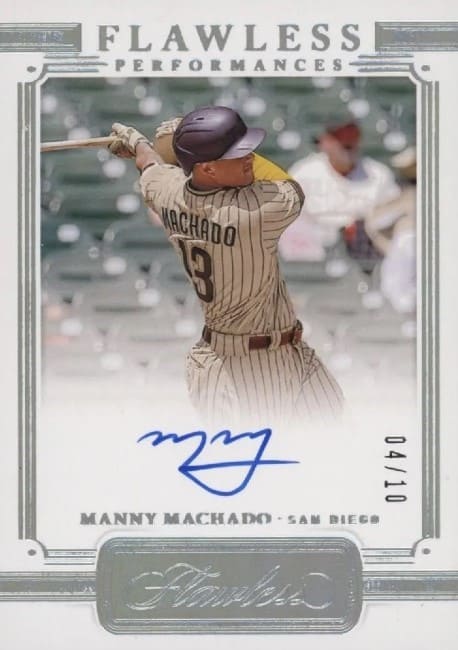
Starting a certified baseball card autographs collection can feel overwhelming given the sheer number of products, players, and formats available. But with a little direction, collectors can build a focused and rewarding autograph portfolio.
Start by identifying your collecting goals. Are you trying to collect rookie autographs? Hall of Famers? Team-specific players? Maybe you’re interested in a particular product line like Bowman Chrome or Topps Heritage. Narrowing your focus helps you stay on budget and makes collecting feel more intentional.
Budget is another key factor. Certified autographs range from a few dollars to thousands, depending on rarity and player demand. Entry-level collectors can find affordable autographs of rookies, retired players, or fan favorites in products like Topps Archives or Panini Prizm. For those with more resources, investing in premium on-card autos from sets like Topps Dynasty or National Treasures might be the goal.
eBay remains a major marketplace, but platforms like COMC, MySlabs, Goldin, and Whatnot also offer unique inventory and live-sale opportunities. Card shows and hobby shops are great for in-person scouting, letting you examine ink quality and condition firsthand.
Storage and protection are also essential. Keep autographs in penny sleeves and top loaders or magnetic one-touch holders. Store them in cool, dry places away from direct sunlight. For higher-end pieces, graded encapsulation by PSA, BGS, or SGC provides protection and adds market value.
Redemptions: The Double-Edged Sword

One controversial part of the certified autograph world is the redemption system. Sometimes, these are offered when a player hasn’t signed their cards in time for the product release. Rather than exclude the card, manufacturers insert redemption cards – IOUs that collectors can redeem online.
While redemptions allow card companies to still include key autographs in a set, they come with baggage. Redemption fulfillment times can stretch from weeks to years. In some cases, the card is never produced, and collectors receive a substitute item or points toward other redemptions instead. Topps, Panini, and Leaf each handle redemptions differently.
One major downside is that redemptions can expire. Collectors who find older sealed product may discover expired redemptions inside – essentially rendering the card a loss. It’s a tough pill to swallow, particularly for high-end boxes.
Collectors should always weigh the risk versus reward when considering a redemption-based autograph. When possible, buying the live, already-signed version on the secondary market provides peace of mind.
Dual, Triple, and Multi-Signed Cards
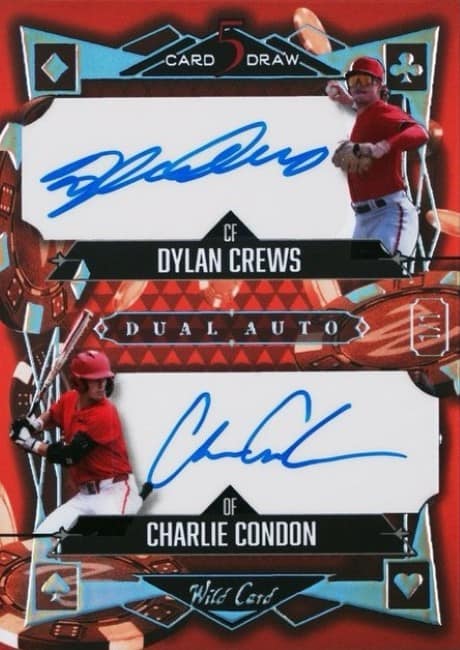
Certified autographs aren’t limited to one player per card. Some of the hobby’s most exciting (and expensive) offerings include dual, triple, or even multi-signed cards featuring teammates, rivals, or generational stars.
Examples include:
- A dual autograph card of Derek Jeter and Cal Ripken Jr.
- A triple signature card of Mike Trout, Mookie Betts, and Ronald Acuña Jr.
- A team-signed card featuring multiple rookies or legends from a World Series-winning roster.
These cards often carry extremely limited print runs – sometimes numbered to just 5 or 10. They represent rare combinations of availability, cooperation, and scheduling coordination.
However, the complexity adds cost. Players must be available to sign either sequentially (passing the card from one to the next) or simultaneously (such as during All-Star events or private sessions). If one player delays, the whole card may be held up.
In terms of value, these cards can reach astronomical prices – especially if the players don’t commonly sign together or if one has passed away. Authentication is particularly important, and collectors often favor multi-signed cards that are certified directly from the card company over in-person acquisitions.
Celebrity and Crossover Autographs
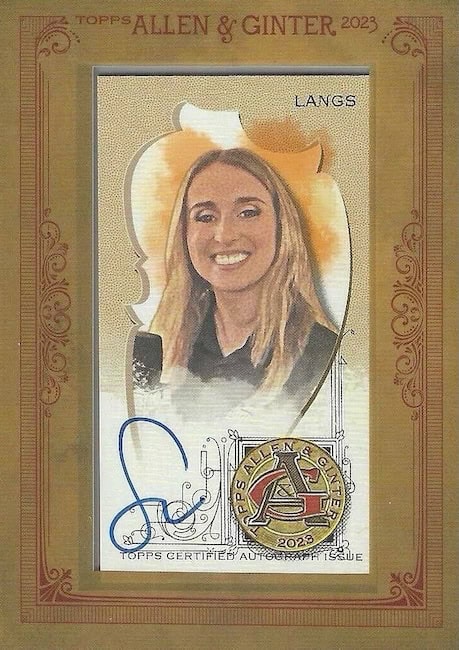
While the core of certified baseball autographs centers around players, the lines occasionally blur. Some sets include celebrity or crossover autographs from actors, musicians, or personalities who have a connection to the game.
Topps Allen & Ginter is famous for this. Past autographs have included everyone from Kevin Hart to NASA scientists to skateboarding legend Tony Hawk. These inserts add variety and appeal to casual or novelty collectors.
Other crossover examples include WWE stars featured in Topps Chrome, or famous broadcasters like Vin Scully and Bob Uecker getting certified ink in heritage-themed sets. These signatures often come with lower print runs and can have surprising resale value based on niche fandoms.
Collectors interested in celebrity autos should keep an eye on non-traditional products or crossover-themed releases. These signatures might not be cornerstone pieces in a traditional baseball collection, but they add personality and a sense of fun to any autograph portfolio.
Trends and the Future of Certified Autographs
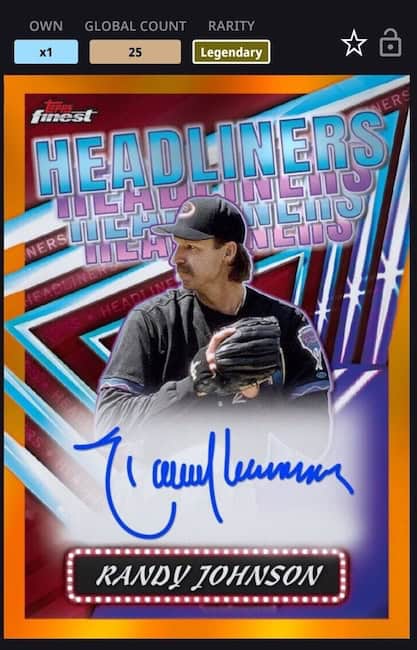
The certified autograph space continues to evolve. In recent years, we’ve seen a few emerging trends that may shape the future:
Increased Use of Digital Signatures
With the rise of blockchain and NFT cards, digital autographs have entered the conversation. While they don’t replace physical cards, they offer a new form of collectible where the autograph is verified on a digital ledger. Topps Bunt and Panini NFT platforms are testing this model.
More Personalized Signatures
Some players and companies have experimented with inscriptions or messages. Instead of just a name, a player might add “MLB Debut 4/2/21” or “Go Cubs!” These personalized touches often increase value and appeal, especially when tied to a notable moment.
Creative Card Designs
Manufacturers are getting more inventive with how autographs are integrated. Booklet cards, cut signatures from historical documents, and shadowbox-style windows are just a few ways companies are blending design and signature into memorable pieces.
More Prospect Autographs
The demand for first-bowman and prospect autos continues to grow, with collectors seeking the “first certified autograph” of future stars. This increases speculation but also makes prospecting one of the most exciting (and risky) corners of the hobby.
Final Thoughts
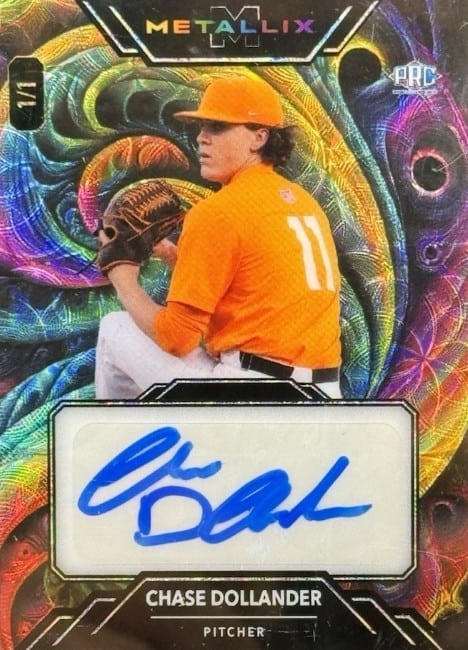
Certified autographs sit at the intersection of art, memorabilia, and speculation. They blend the thrill of the chase with the joy of collecting and the security of authentication. Whether you’re building a PC (personal collection) of your favorite player, hunting rare parallels, or treating your cards as an investment, certified autographs provide something tangible and emotionally resonant.
They also reflect the evolution of the hobby itself. As products grow more sophisticated, and collectors become more discerning, certified autographs remain a cornerstone of modern baseball card collecting – both a symbol of legitimacy and a cherished piece of a player’s story.
So next time you pull a bold, blue signature from a fresh pack – or add a carefully selected on-card auto to your case – remember: you’re holding more than ink. You’re holding history.
